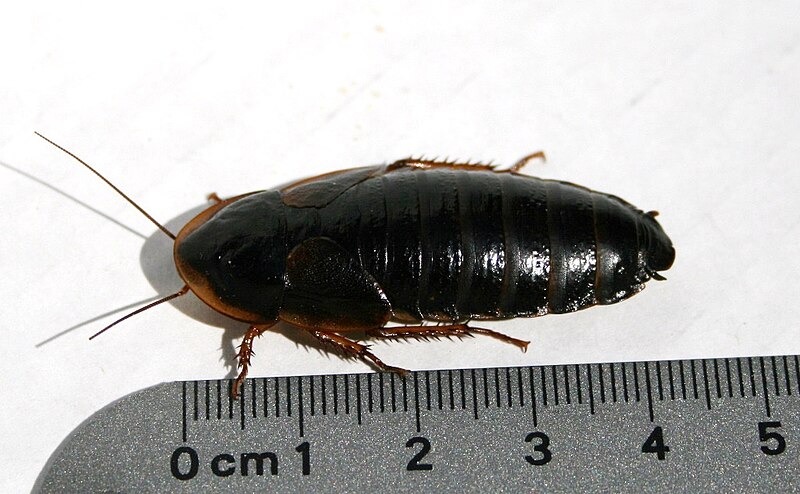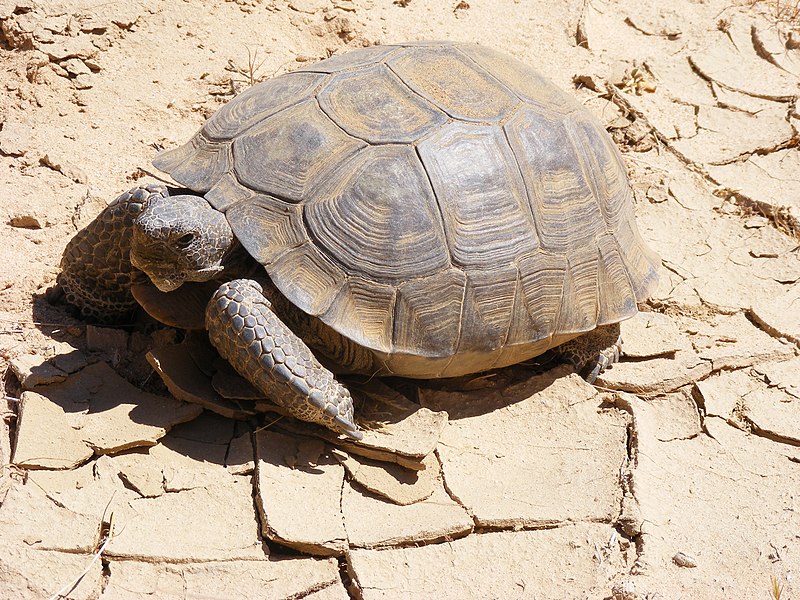Click: The Natural History of the Ball Python, Python regius: Ball Pythons in the Wild – Part 1, to read the first part of this article.
Status in the Wild
 This species is threatened across large areas of its range by collection for the food, leather and, in the past, pet trade. Today the vast majority of animals in the pet trade are captive bred. It is listed on Appendix II of Cites.
This species is threatened across large areas of its range by collection for the food, leather and, in the past, pet trade. Today the vast majority of animals in the pet trade are captive bred. It is listed on Appendix II of Cites.
Diet
Grassland rodents comprise the majority of the diet. Recorded prey species include cane rats, Nile rats, gerbils, jerboas, jirds and zebra mice. They also feed upon shrews and ground-nesting birds, and hatchlings may take lizards. Wild individuals often favor particular prey species, and may be difficult to habituate to commercially available rats and mice when taken captive.
Ball pythons often inhabit areas subject to long periods of hot, dry weather, during which food is scarce. Animals in such populations may aestivate in mammal burrows or similar underground shelters for several months. It is theorized that the internal circadian rhythms of these pythons may be responsible for the long fasts that captive animals often undergo.
Reproduction
Females produce typically 6-7 large eggs at yearly or less frequent intervals. Eggs are typically laid in abandoned aardvark or rodent burrows, and hatch after an incubation period of 3 months. In common with other family members, female ball pythons remain coiled about the eggs during this time, providing protection and temperature/humidity modification.
Female pythons of various species have been shown to actively raise the temperature of their clutch by coiling about the eggs and “shivering”. In captive situations, I have observed incubating female blood pythons (Python curtus) and Burmese pythons (P. molurus bivittatus) to raise their eggs by 7F above the ambient air temperature. Field research conducted with ball pythons, however, indicates that incubation mainly functions to conserve egg weight by preventing water loss.
The young measure 10-17 inches upon hatching, and reach sexual maturity at 3-4 years of age, by which time they are approximately 3 feet in length.
Economic Importance
Ball pythons are heavily utilized as food by people throughout much of their range, and are harvested for the leather trade as well. Until captive bred stock became widely available, huge numbers were collected for the pet trade and exported to Europe, Japan and the USA.
Miscellaneous
 The common name of this snake is derived from its habit of coiling into a tight ball, with the head hidden within the center, when threatened. Once so situated, it is difficult to uncoil the snake, and it will remain so even if rolled about (not recommended!). However, some ball pythons surprise attackers (and annoying keepers!) by biting savagely when disturbed. Actually, a number of other pythons and unrelated snakes utilize a coiled defensive posture, but in none is it so well developed as the ball python.
The common name of this snake is derived from its habit of coiling into a tight ball, with the head hidden within the center, when threatened. Once so situated, it is difficult to uncoil the snake, and it will remain so even if rolled about (not recommended!). However, some ball pythons surprise attackers (and annoying keepers!) by biting savagely when disturbed. Actually, a number of other pythons and unrelated snakes utilize a coiled defensive posture, but in none is it so well developed as the ball python.
An extensive CITES-generated study of ball python populations and management in Ghana is posted at:
http://www.stevegorzulapresents.com/study_royal_python_ghana.pdf
 The mealworm has long been valued by pet keepers, but medical researchers are now giving it some respect as well. A recent (December, 2008) article in the journal Science reveals that antimicrobial peptides manufactured by the mealworm beetle destroy any bacteria that happen to survive the original onslaught launched by the beetle’s immune system.
The mealworm has long been valued by pet keepers, but medical researchers are now giving it some respect as well. A recent (December, 2008) article in the journal Science reveals that antimicrobial peptides manufactured by the mealworm beetle destroy any bacteria that happen to survive the original onslaught launched by the beetle’s immune system. That Reptile Blog – Reptile, Amphibian and Exotic Pet Care and Information
That Reptile Blog – Reptile, Amphibian and Exotic Pet Care and Information

 The orange-spotted roach is sexually dimorphic – males have full wings (but rarely if ever fly), while females have only wing-stubs. A ratio of 1 male per 3-5 females is ideal…excess males should be preferentially used as food for your collection. Maintaining the roaches at this ratio will provide for a great deal of social interaction (please see
The orange-spotted roach is sexually dimorphic – males have full wings (but rarely if ever fly), while females have only wing-stubs. A ratio of 1 male per 3-5 females is ideal…excess males should be preferentially used as food for your collection. Maintaining the roaches at this ratio will provide for a great deal of social interaction (please see  The desert tortoise was at one time collected in huge numbers for the pet trade. Unfortunately, most were not properly cared for, and survival rates were abysmal. This, combined with massive habitat loss in the American Southwest, led all states within its range to adopt protective legislation, and to its listing with CITES and the IUCN.
The desert tortoise was at one time collected in huge numbers for the pet trade. Unfortunately, most were not properly cared for, and survival rates were abysmal. This, combined with massive habitat loss in the American Southwest, led all states within its range to adopt protective legislation, and to its listing with CITES and the IUCN. This species is threatened across large areas of its range by collection for the food, leather and, in the past, pet trade. Today the vast majority of animals in the pet trade are captive bred. It is listed on Appendix II of Cites.
This species is threatened across large areas of its range by collection for the food, leather and, in the past, pet trade. Today the vast majority of animals in the pet trade are captive bred. It is listed on Appendix II of Cites. The common name of this snake is derived from its habit of coiling into a tight ball, with the head hidden within the center, when threatened. Once so situated, it is difficult to uncoil the snake, and it will remain so even if rolled about (not recommended!). However, some ball pythons surprise attackers (and annoying keepers!) by biting savagely when disturbed. Actually, a number of other pythons and unrelated snakes utilize a coiled defensive posture, but in none is it so well developed as the ball python.
The common name of this snake is derived from its habit of coiling into a tight ball, with the head hidden within the center, when threatened. Once so situated, it is difficult to uncoil the snake, and it will remain so even if rolled about (not recommended!). However, some ball pythons surprise attackers (and annoying keepers!) by biting savagely when disturbed. Actually, a number of other pythons and unrelated snakes utilize a coiled defensive posture, but in none is it so well developed as the ball python.